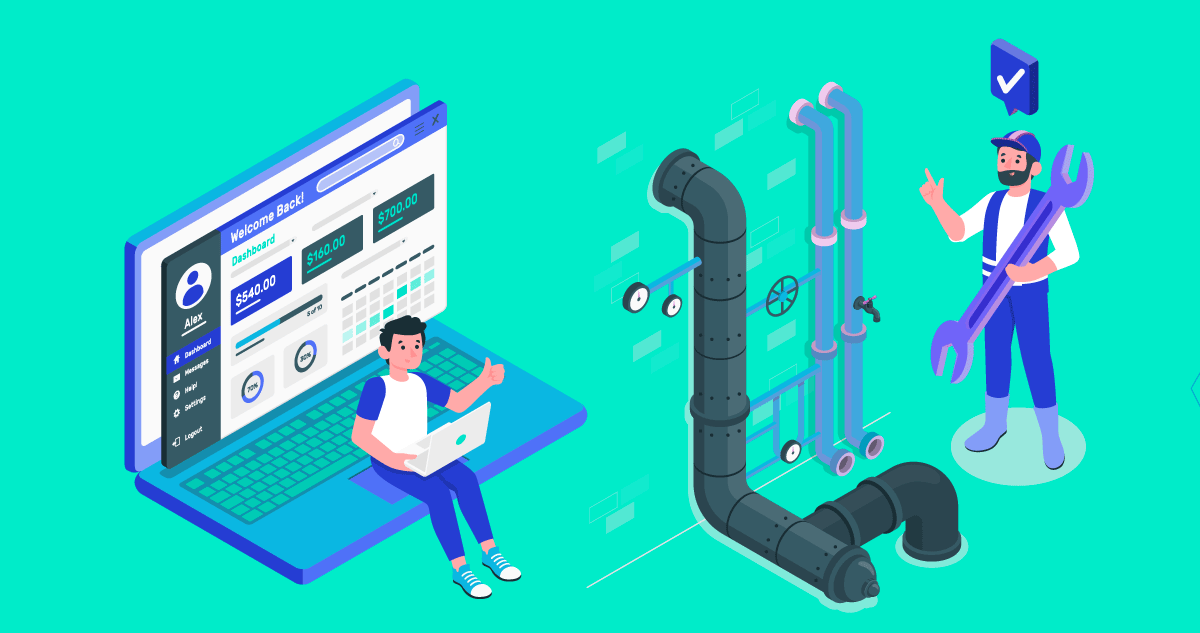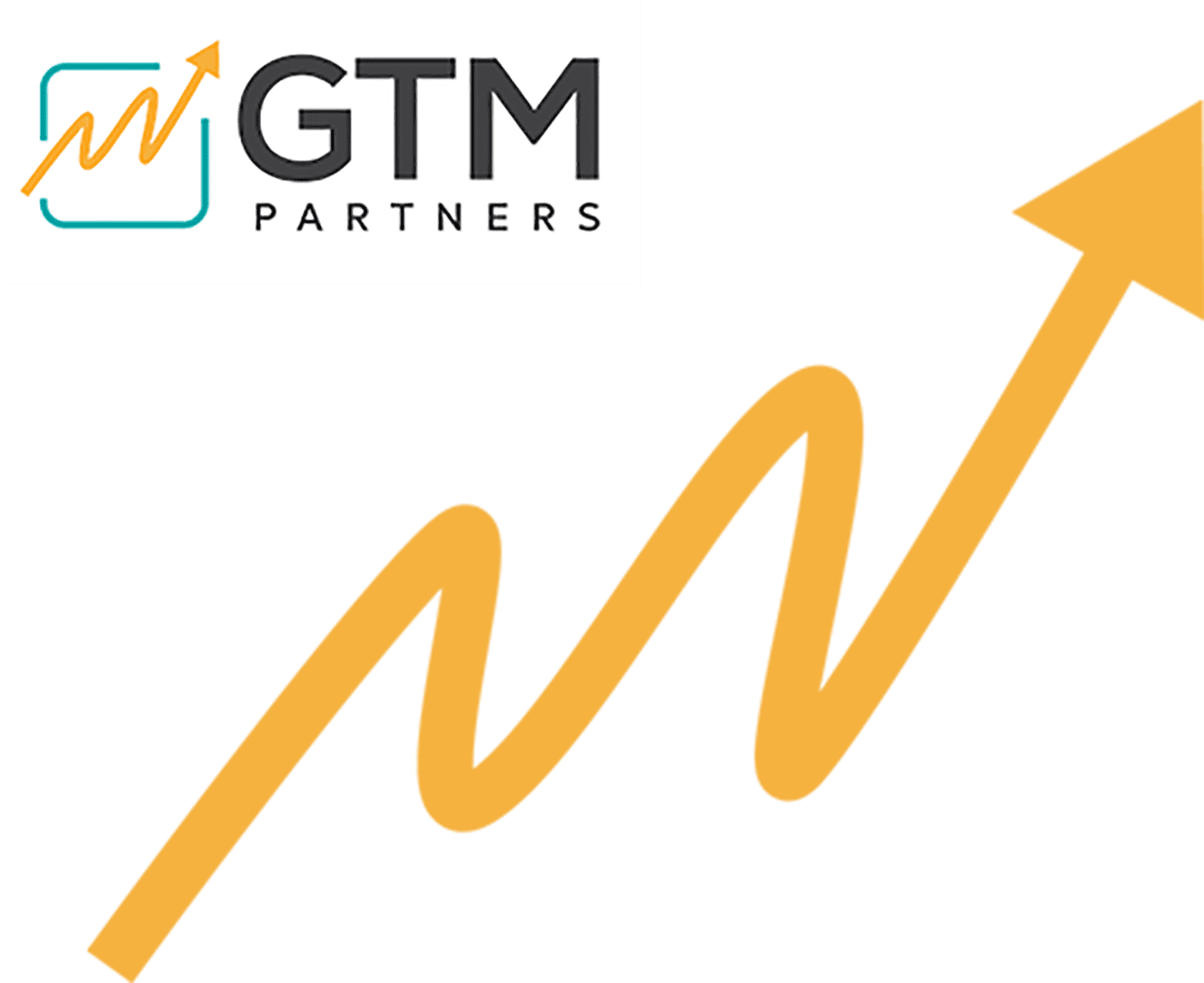RevOps Readiness: Why Pipeline Velocity is Your Next Big Move
Explore how pipeline velocity enhances RevOps dashboards, driving optimal revenue growth and business insights.
- September 15, 2023
Table of Contents


Unlocking the Value of Pipeline Velocity in Revenue Operations Dashboard
In today’s fast-paced business environment, understanding revenue operations is more crucial than ever. While metrics like conversion rates and customer lifetime value often take center stage, one often-overlooked KPI deserves attention: Pipeline Velocity. This dynamic indicator provides real-time insights into the speed and efficiency with which opportunities move through the sales funnel. In this article, we’ll delve into why Pipeline Velocity should be a non-negotiable component of the revenue operations dashboard, offering a holistic view of the sales process and empowering us to make data-driven decisions that can significantly impact the bottom line.
What is Pipeline Velocity?
To maximize performance, SaaS companies must continually fine-tune their sales funnel. Essentially, pipeline velocity gauges the speed at which prospects move through this funnel. When velocity is high, it indicates a smooth and obstacle-free onboarding experience, which prompts quicker conversions. Accelerating the rate at which you bring new clients onboard within a specific time frame directly boosts companies revenue.
Pipeline velocity measures the speed at which opportunities progress through your sales funnel, serving as an indicator of its overall effectiveness. A streamlined conversion process results in higher pipeline velocity, leading to more prospects successfully becoming clients.
5 Strategies to Boost Pipeline Velocity
Let’s have a look at five strategies to boost pipeline velocity:
Sharpen Lead Qualification
While the notion that more leads equate to more business isn’t necessarily false, it’s an incomplete truth. The real game-changer is acquiring the right kind of leads.
Filling the pipeline with irrelevant, poorly qualified leads will only decelerate the process and waste the team’s precious time. The key to enhancing pipeline speed is to filter in only those leads that meet specific, well-defined criteria.
How can you achieve this? Take a closer look at the lead magnets. Are they designed to both attract the target audience and discourage unfit leads? How well are the nurturing campaigns doing at preparing leads for sales readiness? Craft the lead magnets and nurturing programs carefully so they resonate with your ideal customers at the exact stage of their buying journey.
Foster Interdepartmental Collaboration
It’s a regrettable reality that in many businesses, departments operate in silos. This division limits the understanding of how one action in one department, say marketing, can have ripple effects across others, such as sales and customer success. The solution? Create a revenue operations team that is entrusted with the responsibility of driving cross-functional revenue intelligence across revenue-impacting departments. This team assembles key people from all stages of the customer lifecycle to develop a unified strategy aimed at optimizing performance.
Such collaboration enriches the understanding of what qualifies as a promising lead, aligning both the marketing and sales teams towards targeting the right prospects.
Minimize Barriers in the Customer Journey
While better teamwork can certainly smooth transitions between stages of the customer journey, it won’t eliminate all roadblocks.
Inspect the pipeline meticulously to identify the stages where opportunities tend to drop out. Employ analytics tools (BigLittle RevenUp is one of them) to locate these friction points and formulate strategies to overcome them. For example, if opportunities are getting stuck in a specific stage, like POC, the product experience during POCs may need closer examination to improve deal velocity.
Regularly Monitor Key Metrics
The age-old marketing wisdom, “If you can’t measure it, you can’t improve it,” holds true. Although we are focused on pipeline velocity, there are other KPIs that contribute to its speed.
As a result, it helps to monitor the following metrics as part of the RevOps dashboard:
- Number of Sales-Qualified Leads (SQLs) or Open Pipeline Volume
- Average Deal Size or Average Contract Value
- Win Rate
- Sales Cycle Length
By regularly assessing these metrics, we can identify the metrics that are underperforming in real-time and remediate them to fuel scalable, profitable growth.
Develop Sales Enablement Resources
One effective way to aid the sales team in their efforts to accelerate deals and thereby increase pipeline velocity is through sales enablement content. This can take the form of sales coaching or product training, via product demos, objection handling or case studies that can help them address customer concerns or questions quickly and effectively.
By implementing these five strategies, we’re well on the way to optimizing our pipeline velocity, improving sales process, and ultimately, increasing revenue.
Pipeline velocity - why it belongs in revenue operations dashboard
Pipeline velocity is more than just a buzzword; it’s an essential metric that deserves a prominent spot on the Revenue Operations (RevOps) dashboard. Here’s why:
Quick Insight into Sales Health
Pipeline velocity gives an immediate snapshot of how quickly leads are moving through the sales funnel. A higher velocity indicates a smoother, more efficient process that encourages leads to convert faster, which is directly linked to revenue generation.
Identify Bottlenecks Early
By monitoring this metric, you can swiftly identify areas that may be slowing down your sales process. Whether it’s a particular stage in your funnel or an underperforming team, we’ll be able to spot it sooner rather than later and take corrective action.
Boosts Cross-Functional Collaboration
Pipeline velocity isn’t just a sales metric; it’s a company-wide KPI that requires coordination between marketing, sales, and customer success teams. Having it on the RevOps dashboard encourages cross-departmental collaboration to improve the metric, enhancing the company’s overall performance.
Enhances Revenue Forecasting
Pipeline velocity helps in making more accurate revenue forecasts. By knowing how fast leads are converting, we can more accurately predict future revenue, which is crucial for making informed business decisions.
Focused Strategy and Decision Making
When pipeline velocity is a part of the dashboard, it becomes a regular point of discussion and review. This consistent attention often leads to more focused and effective strategies to enhance performance.
Competitive Advantage
In today’s hyper-competitive market, you need every advantage you can get. A higher pipeline velocity can be a significant differentiator, indicating the business’ efficiency and effectiveness in turning leads into paying customers.
In summary, integrating pipeline velocity into your RevOps dashboard is not just a “nice-to-have”; it’s a “must-have” for organizations aiming for scalable, sustainable growth.
Biglittle can help
At BigLittle, we’re pioneering the next chapter in RevOps. As your go-to platform for Revenue Intelligence, we offer holistic oversight and coordination across all revenue-generating activities, spanning marketing, sales, and customer success. By seamlessly integrating with existing operational tools, our solution helps RevOps teams minimize alert overload and data clutter, thus refining revenue operations across the board.
BigLittle RevenUp allows you to confidently evaluate whether your current pipeline velocity compares with historical levels and whether it is sufficient to help you meet your forecasts within the time frame available.
Get in touch with us Today!



